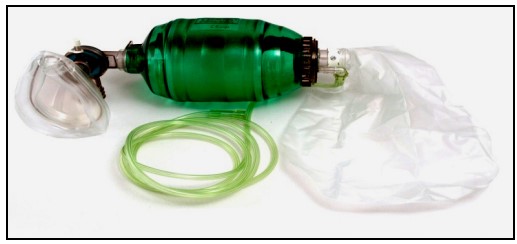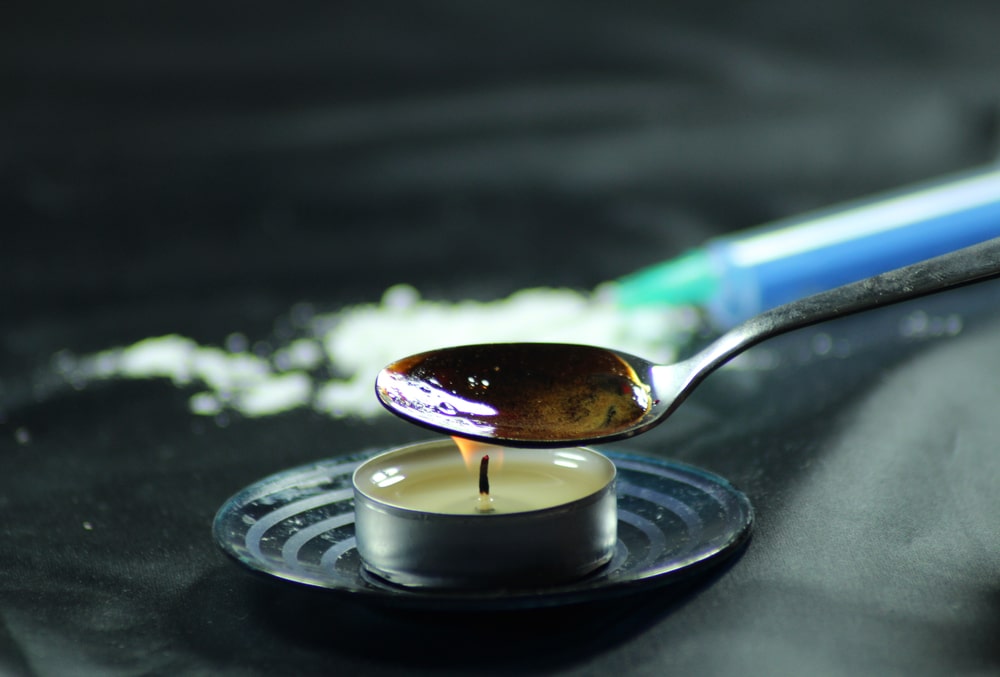Morphine Poisoning: Morphine the alkaloid of opium, obtained from the poppy seeds was used for pain relief or calming effect but its use is limited because of its induction of tolerance and high risk of abuse. Its overdose can be life-threatening affecting multiple organ systems and pharmacokinetic properties which prolongs intoxication. Overdose of this drug can occur if a person intentionally or accidentally takes too much of the medicine.
Nowadays its abuse and illicit selling are on the rise. Its misuse is mainly observed among regular heroin injectors. According to data collected from the Kharar lab (Punjab), of the 104 viscera samples, morphine traces were found in 84 samples. The presence of morphine indicated that the individuals consumed morphine directly in its powdered form.
A known example of morphine poisoning is the case of famous international singer Michael Jackson who took an overdose of morphine in 2003 but was saved by doctors and died in 2009 due to cardiac arrest.
Clinical symptoms shown by the person with morphine overdose are
- Apnea i.e. potentially a serious sleep disorder in which breathing temporarily stops and starts.
- The consciousness of the patients will be depressed ranging from drowsiness to coma.
- Respiration rate will be depressed i.e. if a person has 12 breaths/min or fewer followed by stupor suggests morphine toxicity.
- Pupil size will be reduced, vision will become blurred.
- Low blood pressure and heart rate also decrease.
- Possibly if symptoms persist death may occur.
Management of Morphine poisoning
- In morphine toxicity, the main aim is to reverse the toxicity by a reversal agent or antidote followed by securing respiration.
- Patients having a stupor with breaths 12/min should be given BVM Ventilation (Big mask valve) in which a self-inflating bag is attached to a non-rebreathing valve and then to a face mask that comply with the soft tissues of the face and in the opposite end oxygen source (100% oxygen) is attached. The mask is held tightly against the face, and squeezing the bag ventilates the patient through the nose and mouth.

- Apart from BMV Ventilation, a jaw-thrust maneuver is also performed as it allows to clear off the tongue from the airway with minimal neck movement, allowing rescue breaths to be administered. To achieve this patient is approached so that we are facing the patient’s top of their head after that hand is placed on both sides of the face so that the thumbs are on the cheekbone and the fingers are below the jawbone. Then the lower jaw is pulled forward by lifting our fingers while pushing slightly down with the thumbs. Alternatively, for more force, palms can push down on the cheeks as the jawbone is lifted.
- Most cases of morphine poisoning are treated with activated charcoal to prevent the further absorption of the drug in the stomach.
- In severe cases, the antidote Naloxone is used for morphine overdose, which is a competitive mu-opioid–receptor antagonist that reverses all signs of intoxication it is the treatment of choice. It is active when the parenteral, intranasal, or pulmonary route of administration is used but has negligible bioavailability after oral administration because of extensive first-pass metabolism.
- The standard naloxone dose is (0.4 mg) and for reversing toxicity in children, the initial dose of naloxone is 0.01 mg/kg.
- If the patient is in a coma, prompt intubation is strongly recommended because of the fear of impending, worsening respiratory failure.
- Fluids are given to correct blood pressure levels.
- In the case of drug addiction individual counseling, group therapy, family therapy, skills building, and education should be given to patients.
Make sure you also check our other amazing Article on : What is the treatment of poison?
